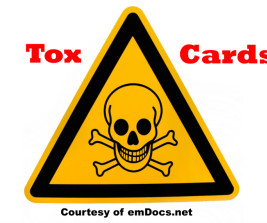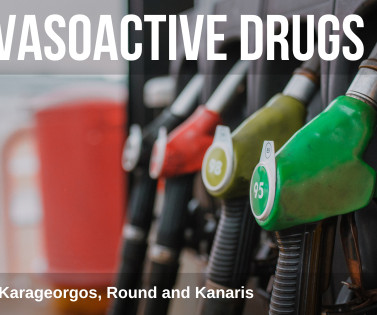ToxCard: Iron
EMDocs
DECEMBER 6, 2024
Aggressive fluid resuscitation as patients may be severely hypovolemic from GI symptoms. Blood transfusion for clinically significant blood loss. Case Follow-up: The patient received a fluid resuscitation with 20 mL/kg bolus of normal saline. Basic assessment: airway, breathing, circulation.


















Let's personalize your content